
Kempense Heuvelrug: Belgium's Hidden Gem of Natural Beauty
Discover the Kempense Heuvelrug in Belgium – a serene haven of rolling hills, lush forests, and tranquil lakes, perfect for nature enthusiasts and adventure seekers.
Nestled in the heart of Belgium, the Kempense Heuvelrug offers a stunning blend of natural beauty and outdoor adventure. This picturesque region is known for its rolling hills, dense forests, and serene lakes, making it a perfect destination for nature lovers and adventure seekers alike. Whether you're looking to hike through scenic trails, bike along winding paths, or simply relax by the water, the Kempense Heuvelrug provides a tranquil escape from the hustle and bustle of city life. The diverse landscape of the Kempense Heuvelrug is home to a rich variety of flora and fauna, providing ample opportunities for wildlife enthusiasts to spot rare species of birds, plants, and animals. The area is also steeped in history, with ancient ruins and historical landmarks dotting the landscape, offering a glimpse into the region's past. For those seeking a bit of culture, the nearby towns and villages offer charming cobblestone streets, cozy cafes, and local markets where you can sample traditional Belgian cuisine and buy handmade crafts. The Kempense Heuvelrug truly has something for everyone, making it an ideal destination for a memorable getaway.
Local tips in Kempense Heuvelrug
- Visit during spring or autumn for the best weather and vibrant natural scenery.
- Bring comfortable walking shoes as the area is best explored on foot or by bike.
- Don't miss the local markets for a taste of traditional Belgian treats and crafts.
- Pack a picnic and enjoy a meal by one of the scenic lakes.
- Check out the historical landmarks to learn more about the region's rich history.
Kempense Heuvelrug: Belgium's Hidden Gem of Natural Beauty
Nestled in the heart of Belgium, the Kempense Heuvelrug offers a stunning blend of natural beauty and outdoor adventure. This picturesque region is known for its rolling hills, dense forests, and serene lakes, making it a perfect destination for nature lovers and adventure seekers alike. Whether you're looking to hike through scenic trails, bike along winding paths, or simply relax by the water, the Kempense Heuvelrug provides a tranquil escape from the hustle and bustle of city life. The diverse landscape of the Kempense Heuvelrug is home to a rich variety of flora and fauna, providing ample opportunities for wildlife enthusiasts to spot rare species of birds, plants, and animals. The area is also steeped in history, with ancient ruins and historical landmarks dotting the landscape, offering a glimpse into the region's past. For those seeking a bit of culture, the nearby towns and villages offer charming cobblestone streets, cozy cafes, and local markets where you can sample traditional Belgian cuisine and buy handmade crafts. The Kempense Heuvelrug truly has something for everyone, making it an ideal destination for a memorable getaway.
When is the best time to go to Kempense Heuvelrug?
Iconic landmarks you can’t miss
Village Sunparks Kempense Meren
Discover the beauty of Belgium at Village Sunparks Kempense Meren, a perfect family-friendly holiday park with endless activities and serene natural surroundings.
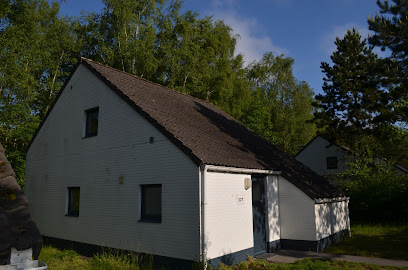
EuroParcs Zilverstrand
Experience a peaceful retreat at EuroParcs Zilverstrand, where cozy cabins meet stunning landscapes for the perfect family getaway in Belgium.
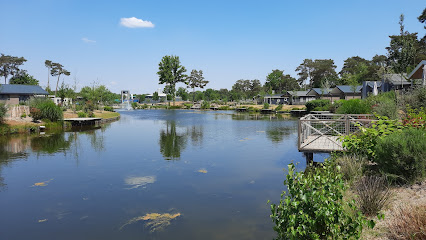
Recreation Park Keiheuvel
Explore the enchanting Recreation Park Keiheuvel, a family-friendly destination with playgrounds, a children’s farm, and scenic hiking trails in Balen, Belgium.

Kabouterberg
Explore the tranquil beauty of Kabouterberg, a national forest in Kasterlee, perfect for hiking, picnicking, and immersing in nature's charm.
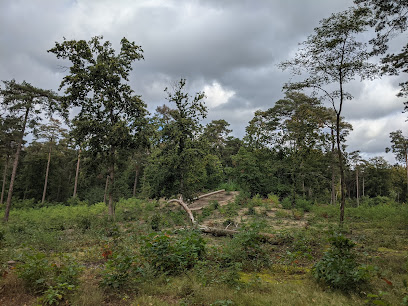
EuroParcs Hoge Kempen
Experience nature's beauty at EuroParcs Hoge Kempen, a serene retreat offering cozy accommodations and a plethora of outdoor adventures in Belgium.
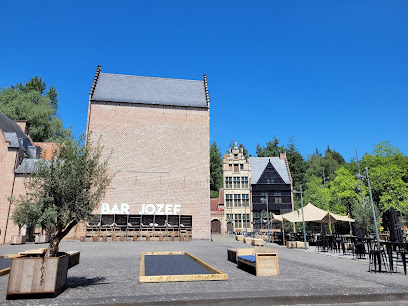
Domaine Le Paige
Explore the natural beauty and serene landscapes of Domaine Le Paige, a charming park and arboretum in Herentals, perfect for relaxation and nature appreciation.
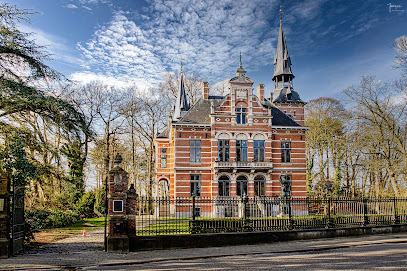
Kasteel 'Le Paige'
Explore the stunning Kasteel 'Le Paige' in Herentals, a captivating castle showcasing Belgium's rich history and breathtaking architecture.
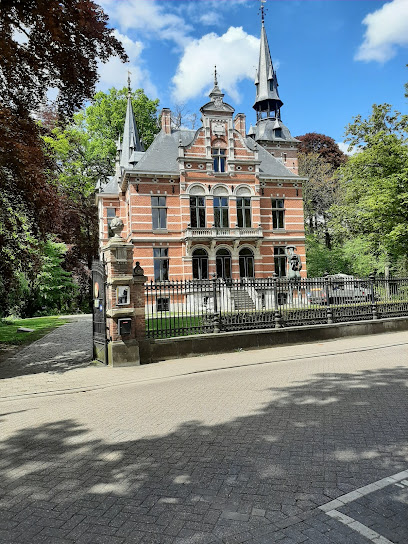
Provinciaal Groendomein Hoge Mouw
Discover tranquility and natural beauty at Provinciaal Groendomein Hoge Mouw in Kasterlee, a perfect destination for nature lovers and families.
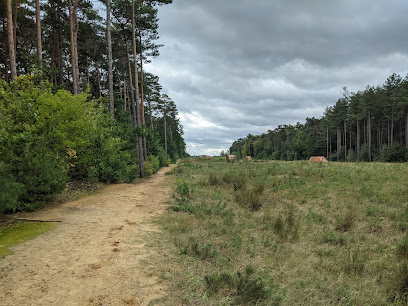
Hoofd van de slapende reus
Discover the enchanting Hoofd van de Slapende Reus in Kasterlee, Belgium, where folklore and natural beauty come together to create a unique tourist experience.
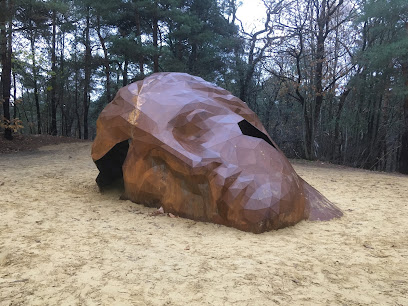
Snepkensvijver Heiberg
Explore Snepkensvijver Heiberg, a serene nature preserve in Kasterlee, perfect for relaxation, wildlife spotting, and experiencing the beauty of Belgium's landscapes.
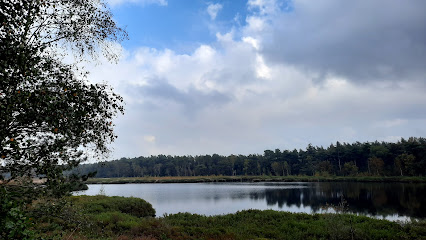
Kempens Landschap - Kempische Heuvelrug
Explore the serene landscapes and rich biodiversity of Kempens Landschap - a natural retreat in Belgium's picturesque Kempische Heuvelrug.
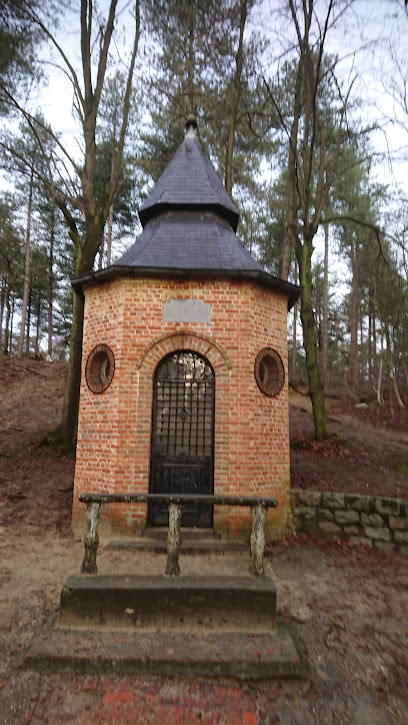
Zwart water
Explore Zwart Water Nature Preserve in Kasterlee, Belgium - A serene escape filled with scenic trails and rich biodiversity for nature lovers.
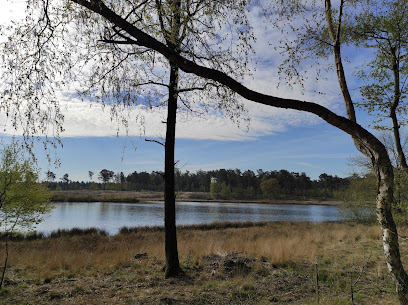
Ronde put
Explore the enchanting trails and serene waters of Ronde Put, a hidden gem for hikers and nature lovers in Retie, Belgium.
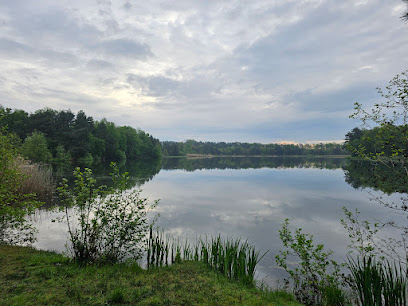
Kempens Landschap - De Hellekens
Explore the tranquil beauty of Kempens Landschap - De Hellekens, a serene park in Herentals offering lush landscapes and outdoor adventures.
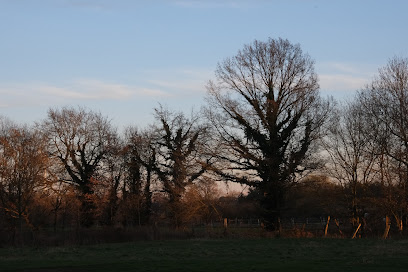
Kempens Landschap
Discover the beauty of Kempens Landschap, a serene park in Putte, Belgium, perfect for nature lovers and outdoor adventurers.
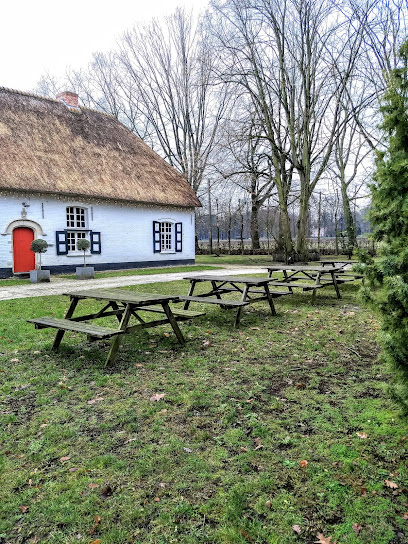
Unmissable attractions to see
Stadspark
Discover the peaceful ambiance of Stadspark in Antwerp, a lush urban retreat featuring beautiful landscapes, historical monuments, and recreational activities.
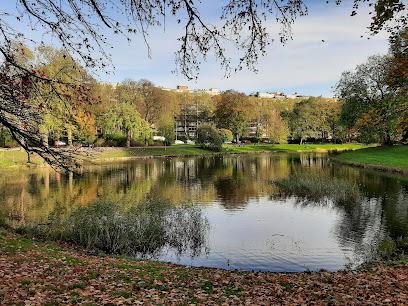
National Park Hoge Kempen
Discover the enchanting beauty of National Park Hoge Kempen, Belgium's first national park, where nature meets adventure amidst breathtaking landscapes.
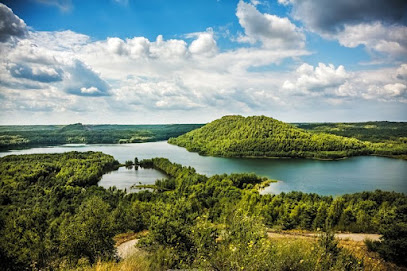
Opera Antwerpen
Discover the enchanting world of Opera Antwerpen, a cultural gem in the heart of Belgium, offering extraordinary performances and rich history.
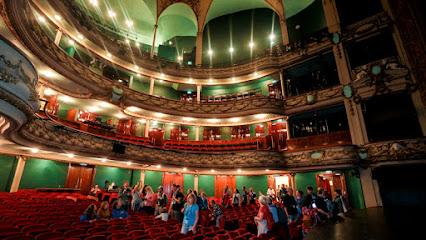
Uitkijktoren Lommelse Sahara
Experience breathtaking views from the Uitkijktoren Lommelse Sahara, a stunning lookout tower surrounded by nature's beauty in Lommel, Belgium.
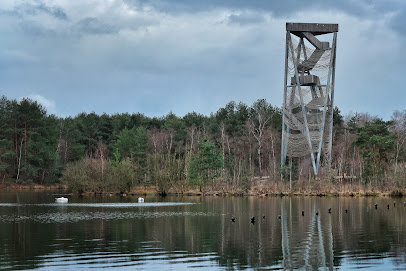
Les Grottes de Neptune
Explore the mesmerizing underground beauty of Les Grottes de Neptune in Couvin, a natural wonder filled with stunning rock formations and tranquil waterways.
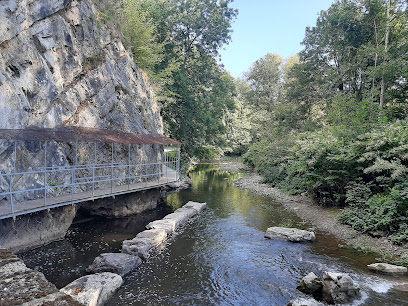
De Koninck - Antwerp City Brewery
Discover the rich brewing heritage of Antwerp at De Koninck Brewery, where tradition meets innovation in every beer.
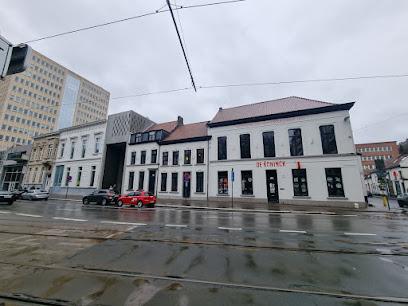
Recreation Park Keiheuvel
Explore the beauty of nature at Recreation Park Keiheuvel, a family-friendly attraction with hiking, a children's farm, and cozy camping cabins in Belgium.
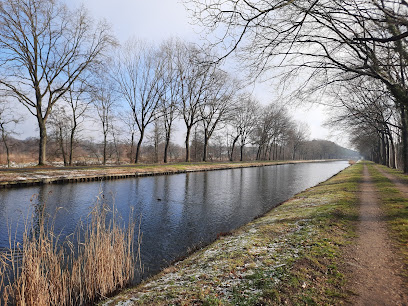
Zimmer tower
Explore the historic Zimmer Tower in Lier, Belgium, a stunning landmark showcasing rich heritage and breathtaking views, perfect for every tourist.
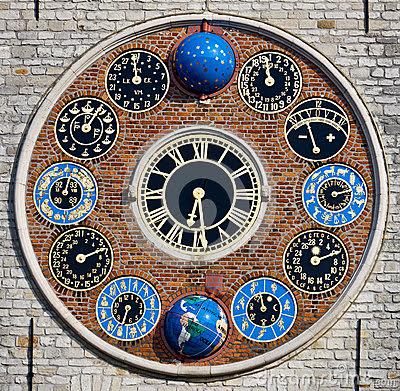
Hidrodoe
Explore the captivating world of water at Hidrodoe—where learning meets fun in a unique museum and theme park experience in Herentals, Belgium.

Toeristentoren Herentals
Experience breathtaking views and scenic hiking trails at Toeristentoren Herentals, a must-visit destination for nature lovers in Belgium.
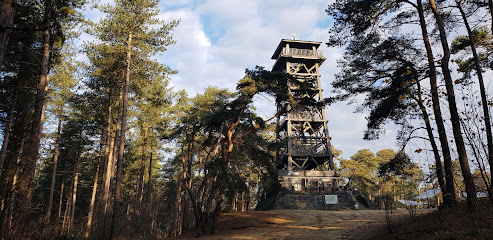
René Magritte Museum VZW
Explore the mind of surrealism at the René Magritte Museum in Jette, home to an impressive collection of the iconic Belgian artist's works.
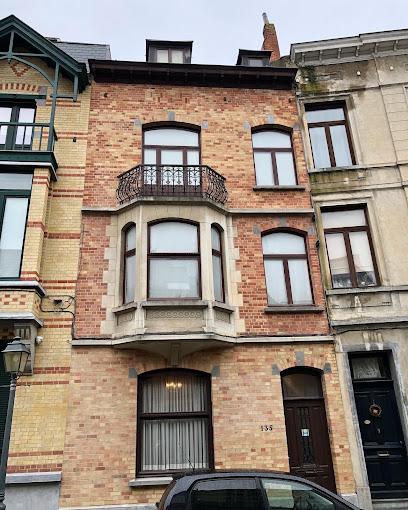
't Waagstuk
Discover the vibrant nightlife and local culture at 't Waagstuk, Antwerp's favorite bar and pub, offering a fantastic selection of drinks and a welcoming atmosphere.
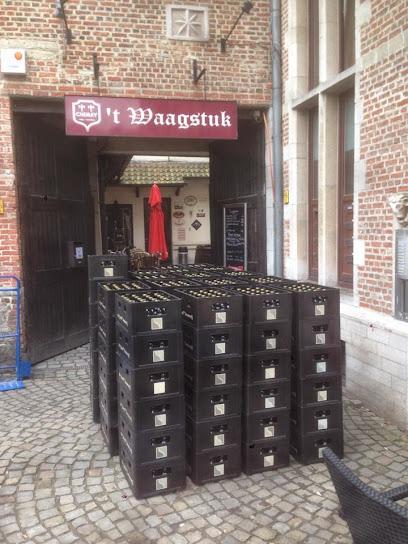
MoMu - Fashion Museum Antwerp
Explore the essence of fashion at MoMu - Fashion Museum Antwerp, where history meets contemporary design in a vibrant cultural hub.
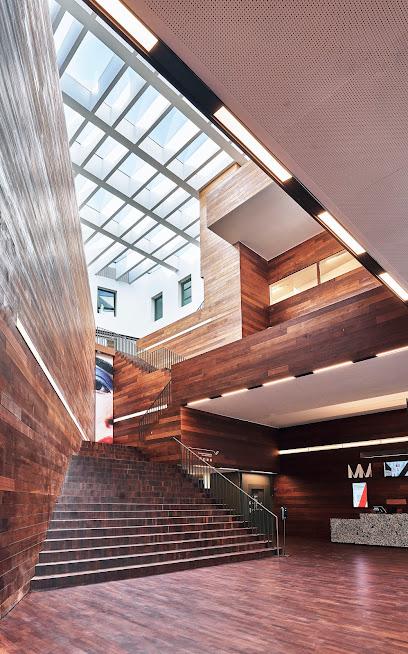
Sint-Gummaruskerk
Discover the breathtaking Sint-Gummaruskerk in Lier, a Gothic masterpiece filled with stunning stained glass and rich history.

Domaine Le Paige
Explore the serene landscapes of Domaine Le Paige in Herentals, where nature meets tranquility, making it an ideal escape for all travelers.
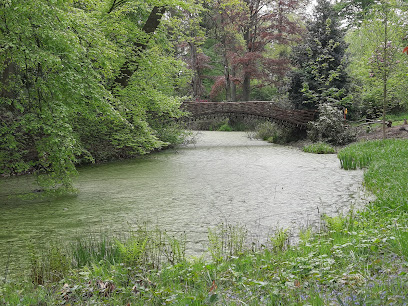
Essential places to dine
Wolfstee
Discover Wolfstee in Herentals: A family-friendly brasserie with delicious food, miniature golf, and playground fun all in one place.
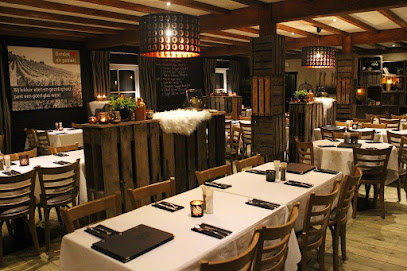
de Waterkant
Experience authentic Belgian cuisine at De Waterkant in Lommel – where every dish tells a story of flavor and tradition.
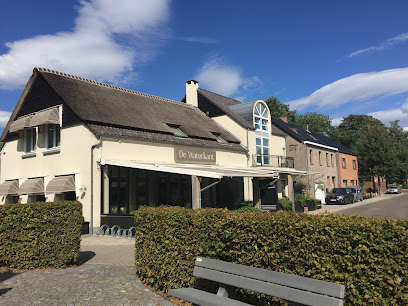
Eetcafé Den Teut
Discover authentic Belgian cuisine at Eetcafé Den Teut in Mol - a charming bistro offering traditional dishes in a cozy atmosphere.
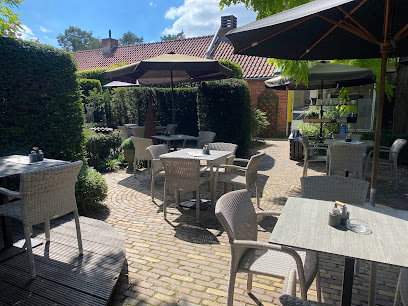
De Orangerie
Discover the flavors of Belgium at De Orangerie in Balen—where delicious brasserie cuisine meets warm hospitality.
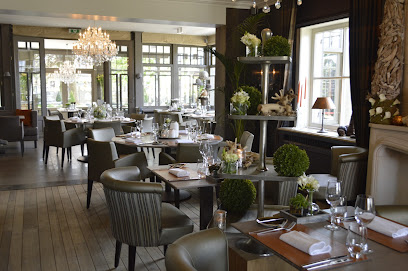
Het Jagershof
Discover Het Jagershof: A cozy brasserie in Mol offering authentic Belgian cuisine amidst warm hospitality.

De Kleppende Klipper
Discover authentic Belgian flavors at De Kleppende Klipper, where every dish tells a story in the heart of Mol.
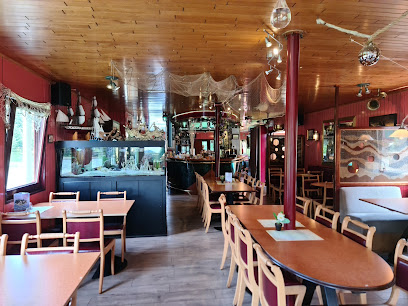
Dynastie
Experience authentic Chinese cuisine at Dynastie in Mol—where every dish tells a story of flavor and tradition.
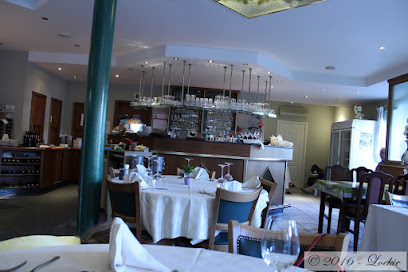
Mangerie Weselo
Experience authentic Belgian cuisine at Mangerie Weselo in Mol, where fresh ingredients meet warm hospitality in a cozy setting.
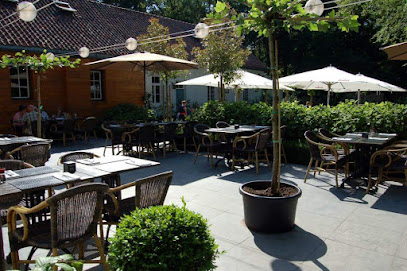
't Sluyshof
Discover authentic Belgian cuisine at 't Sluyshof, where hearty meals meet warm hospitality in the heart of Mol.
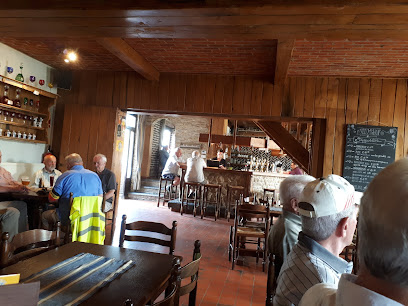
Le Nez Blanc
Discover the flavors of Belgium at Le Nez Blanc in Mol – where culinary artistry meets local tradition.
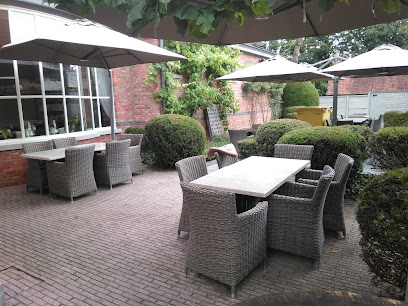
Rauwse Hoeve
Experience exceptional dining at Rauwse Hoeve in Mol - where local ingredients meet culinary creativity in every dish.
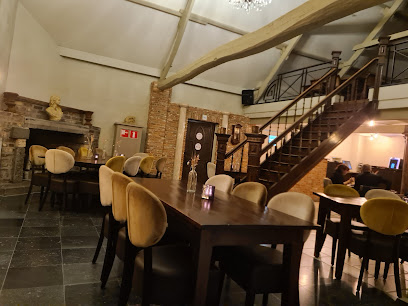
De Kempense hoeve
Discover the flavors of Belgium at De Kempense Hoeve, a delightful brasserie in Olen offering local cuisine in a warm atmosphere.
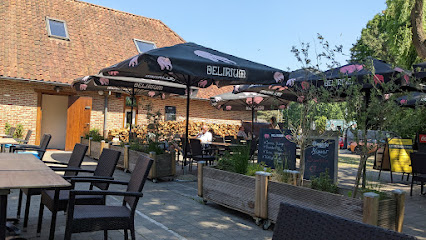
Taverne De Kempen
Experience authentic Belgian cuisine at Taverne De Kempen in Mol - where local flavors meet warm hospitality.
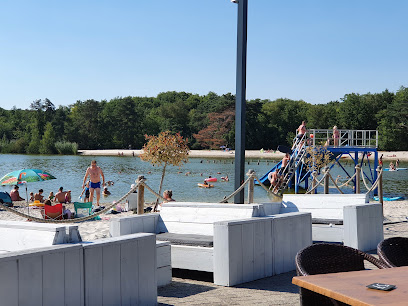
Markets, malls and hidden boutiques
Royal Gallery of Saint Hubert
Explore the Royal Gallery of Saint Hubert: an exquisite blend of luxury shopping, gourmet delights, and stunning architecture in the heart of Brussels.

Woluwe Shopping Center
Discover Woluwe Shopping Center: Belgium's vibrant retail destination with diverse shops, dining options, and entertainment for every visitor.

Stadsfeestzaal
Discover Stadsfeestzaal, Antwerp's historic shopping mall blending culture and shopping in a stunning architectural setting.
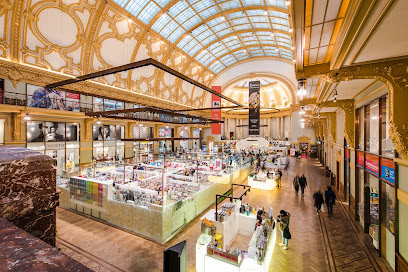
Shopping Nivelles
Experience the best of shopping in Belgium at Shopping Nivelles, where local charm meets global brands in a vibrant retail setting.
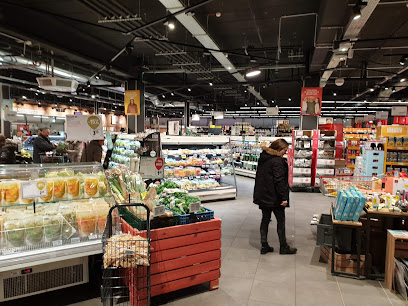
Center Parcs de Haan
Experience family fun and relaxation at Center Parcs de Haan, a premier holiday park in Belgium's beautiful coastal region.

Village Sunparks Kempense Meren
Experience the beauty of nature and family fun at Village Sunparks Kempense Meren, a perfect holiday park in the heart of Belgium.
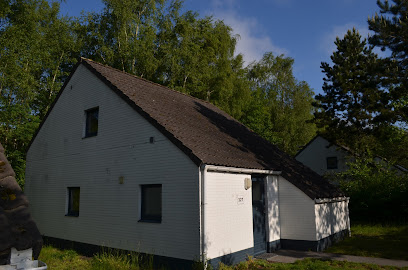
Sunparks Oostduinkerke aan zee
Experience the perfect family-friendly retreat at Sunparks Oostduinkerke aan Zee, where relaxation meets adventure amidst stunning coastal beauty.

The Chocolate Line
Experience the exquisite world of Belgian chocolates at The Chocolate Line in Bruges, where artistry meets indulgence in every bite.

Citybox Antwerpen
Experience comfort and style at Citybox Antwerpen, the perfect hotel for exploring the vibrant heart of Antwerp.
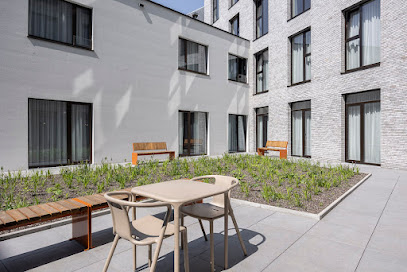
La Balade des Gnomes
Experience the magic of La Balade des Gnomes, a whimsical hotel in Durbuy, Belgium, perfect for nature lovers and adventure seekers.

Shopping Peltri
Discover the vibrant Shopping Peltri in Overpelt, Belgium, your one-stop destination for fresh produce, local specialties, and international goods.
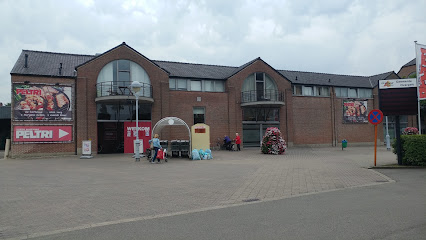
Chocolatier M
Discover the exquisite world of Belgian chocolates at Chocolatier M, where every bite is a sweet adventure waiting to be savored.
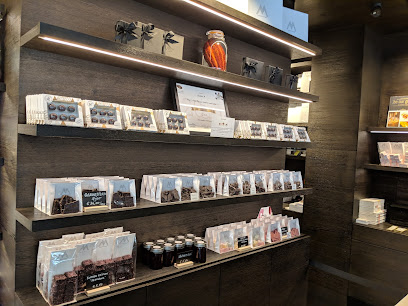
Orsini Diamonds
Discover the allure of exquisite diamonds at Orsini Diamonds, the premier jeweler in Antwerp, where luxury meets craftsmanship.
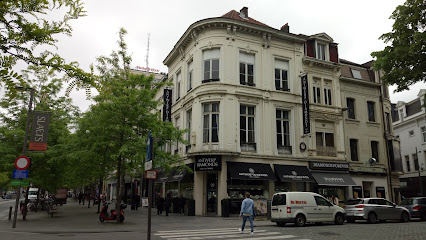
ROsier 41
Explore Rosier 41 in Antwerp for a unique selection of stylish clothing and accessories that reflect the city's vibrant fashion scene.
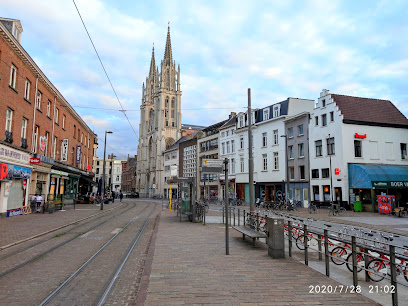
Le Marché des Chefs
Explore the exquisite organic and gourmet offerings at Le Marché des Chefs, Ixelles’ hidden culinary treasure for food enthusiasts.

Essential bars & hidden hideouts
Poechenellekelder
Explore the heart of Belgian beer culture at Poechenellekelder, a vibrant bar in Brussels with a stunning selection of local brews.
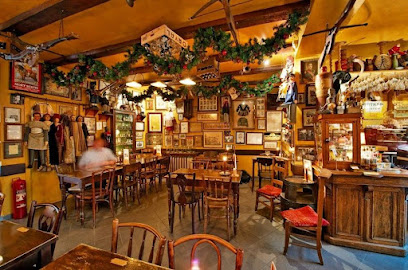
Le Trappiste
Discover the charm of Bruges at Le Trappiste, a cozy bar and café offering a wide selection of Trappist beers and a warm, inviting atmosphere.
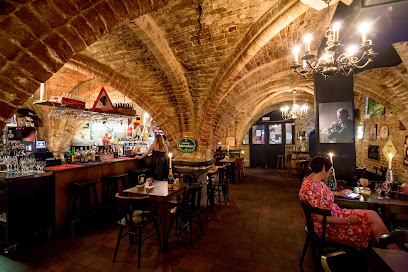
Bar Noord
Discover Bar Noord in Antwerp: A lively bar and restaurant offering a delicious menu and vibrant atmosphere for an unforgettable dining experience.
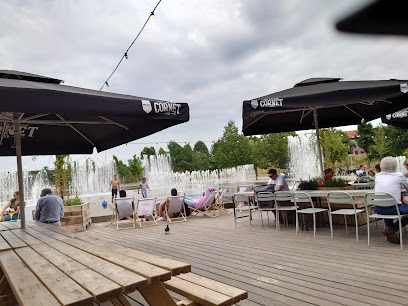
Bar Paniek
Experience the vibrant atmosphere and affordable drinks at Bar Paniek, a must-visit summer bar in the heart of Antwerp.

Dogma
Experience the art of mixology at Dogma, Antwerp's stylish cocktail bar known for innovative drinks and a chic atmosphere.
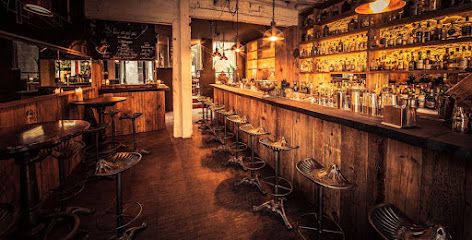
Cabron
Experience the vibrant nightlife of Antwerp at Cabron, a lively bar offering a diverse drink menu and a welcoming atmosphere for all.
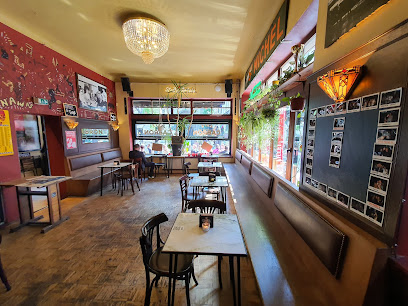
Groot Vlaenderen
Experience the vibrant cocktail culture at Groot Vlaenderen, Bruges' premier cocktail bar offering innovative drinks and a lively atmosphere.
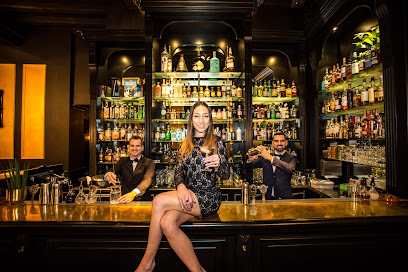
Cafe Kulminator - Antwerpen
Explore the eclectic charm of Cafe Kulminator in Antwerp, where beer lovers unite over unique brews and inviting ambiance.
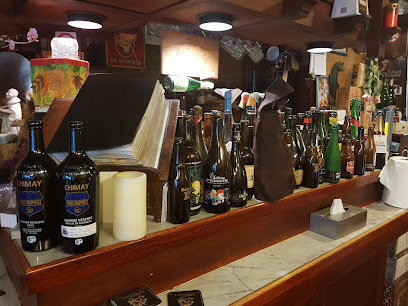
Tortuga
Experience the vibrant atmosphere and local charm of Tortuga, the perfect bar in Durbuy for unforgettable drinks and delightful evenings.
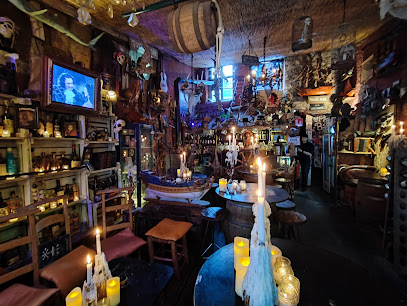
Domein de Putten
Experience endless fun at Domein de Putten, the ultimate indoor playground in Kasterlee, perfect for family outings and children's celebrations.
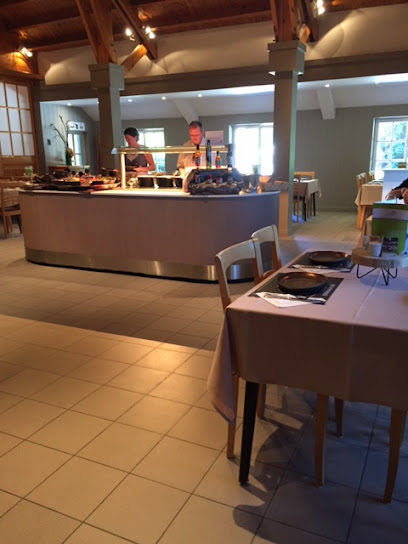
In the Insurance against Great Thirst
Experience the warmth of Belgian hospitality at 'In the Insurance against Great Thirst' in Lennik, a cozy pub with a delightful drink selection.

Barok Antwerp
Discover the vibrant cocktail culture of Antwerp at Barok - where creativity meets nightlife in an unforgettable setting.
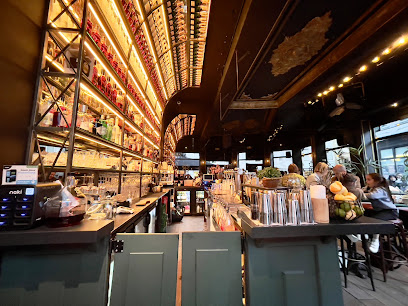
Bar Bier
Experience the essence of Belgian dining at Bar Bier, a charming restaurant and bar in Herentals, perfect for food lovers and socializers alike.
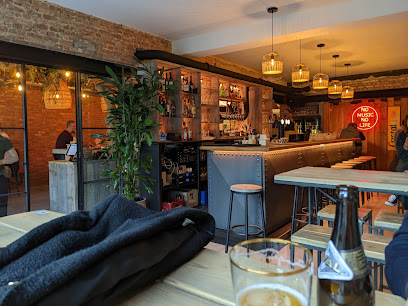
Jardin Albert
Experience the serene beauty and exquisite drinks at Jardin Albert, a charming bar in the heart of Herentals, Belgium.

Bar Burbure
Experience the vibrant nightlife of Antwerp at Bar Burbure, where exquisite cocktails and a stylish atmosphere await every visitor.

Local Phrases about Kempense Heuvelrug
-
- HelloHallo
[HAH-loh] - GoodbyeTot ziens
[tot zeens] - YesJa
[yah] - NoNee
[nay] - Please/You're welcomeAlsjeblieft
[als-yuh-BLEEFT] - Thank youDank u wel
[dahnk oo vel] - Excuse me/SorrySorry
[SOH-ree] - How are you?Hoe gaat het met u?
[hoo gaat het met oo] - Fine. And you?Goed. En met jou?
[khoot. en met yow] - Do you speak English?Spreekt u Engels?
[sprekt oo eng-els] - I don't understandIk begrijp het niet
[ik buh-GRAIP het neet]
- HelloHallo
-
- I'd like to see the menu, pleaseMag ik de menukaart zien, alstublieft
[mahk ik de men-yoo-kahrt zeen, al-stuh-BLEEFT] - I don't eat meatIk eet geen vlees
[ik ayt khayn vlays] - Cheers!Proost!
[prohst] - I would like to pay, pleaseIk wil graag betalen, alstublieft
[ik vil khrahg buh-TAH-lun, al-stuh-BLEEFT]
- I'd like to see the menu, pleaseMag ik de menukaart zien, alstublieft
-
- Help!Help!
[help] - Go away!Ga weg!
[gah vekh] - Call the Police!Bel de politie!
[bel duh poh-lee-see] - Call a doctor!Bel een dokter!
[bel an dok-tur] - I'm lostIk ben verdwaald
[ik ben vuhr-dwahld] - I'm illIk ben ziek
[ik ben zik]
- Help!Help!
-
- I'd like to buy...Ik wil graag kopen...
[ik vil khrahg koh-pun] - I'm just lookingIk kijk alleen maar
[ik kayk al-lane mahr] - How much is it?Hoeveel kost het?
[hoo-vel kost het] - That's too expensiveDat is te duur
[dat is tuh doo-r] - Can you lower the price?Kan u de prijs verlagen?
[kan oo duh prees vur-lah-gun]
- I'd like to buy...Ik wil graag kopen...
-
- What time is it?Hoe laat is het?
[hoo laht is het] - It's one o'clockHet is een uur
[het is an oor] - Half past (10)Half elf
[half elf] - MorningOchtend
[och-tend] - AfternoonMiddag
[mid-dahg] - EveningAvond
[ah-vohnd] - YesterdayGisteren
[ghis-tuh-run] - TodayVandaag
[vahn-dahkh] - TomorrowMorgen
[mohr-khun] - 1Een
[ane] - 2Twee
[tway] - 3Drie
[dree] - 4Vier
[veer] - 5Vijf
[vayf] - 6Zes
[zehs] - 7Zeven
[zay-ven] - 8Acht
[ahkht] - 9Negen
[nay-khun] - 10Tien
[teen]
- What time is it?Hoe laat is het?
-
- Where's a/the...?Waar is een/de...?
[vahr is an/de] - What's the address?Wat is het adres?
[vaht is het ah-dres] - Can you show me (on the map)?Kunt u mij laten zien (op de kaart)?
[kunt oo may laa-tun zeen (op duh kahrt)] - When's the next (bus)?Wanneer is de volgende (bus)?
[vahn-er is duh fohl-hun-duh (bus)] - A ticket (to ....)Een kaartje (naar ....)
[ane kart-yuh (nar)]
- Where's a/the...?Waar is een/de...?
History of Kempense Heuvelrug
-
The Kempense Heuvelrug, a prominent sand ridge in the Belgian province of Antwerp, was formed during the last Ice Age approximately 10,000 years ago. The shifting sands and gravel deposits, sculpted by glacial winds, created the unique landscape that today hosts a rich tapestry of flora and fauna.
-
During the Roman era, the Kempense Heuvelrug was part of the northern frontier of the Roman Empire. Archaeological finds, such as pottery and coins, suggest that Roman soldiers and traders traversed these sandy ridges. This area was critical for controlling trade routes and securing the empire's northern boundaries.
-
In the Middle Ages, the Kempense Heuvelrug became a site for small, scattered settlements. The fertile lands surrounding the ridge were ideal for agriculture and livestock. Villages such as Kasterlee and Lichtaart began to take shape, with their economies largely dependent on farming and local crafts.
-
The 18th century saw significant developments in the Kempense Heuvelrug region. The construction of the Turnhout-Herentals canal in 1846 improved transportation and boosted the local economy. This period also saw the planting of extensive pine forests as part of land reclamation and wood production efforts.
-
Both World Wars left an indelible mark on the Kempense Heuvelrug. During World War I, the area witnessed the construction of defensive lines and bunkers. World War II saw fierce battles and resistance activities, particularly in the dense forested areas. Memorials and remnants of wartime fortifications can still be found throughout the region.
-
After World War II, there was a growing recognition of the need to conserve the unique landscape of the Kempense Heuvelrug. In the 1950s and 60s, numerous nature reserves were established to protect the area's biodiversity. Today, the region is a haven for hikers, cyclists, and nature enthusiasts, with well-maintained trails and conservation projects actively preserving its natural beauty.
-
The Kempense Heuvelrug is not only a natural wonder but also a cultural landmark. The region is home to traditional Flemish festivals, folklore, and artisanal crafts. Annual events such as the Kasterlee Pumpkin Festival draw visitors from all over, celebrating the region's agricultural heritage and community spirit.
Kempense Heuvelrug Essentials
-
Kempense Heuvelrug is located in the northeastern part of Belgium, within the province of Antwerp. The nearest major city is Antwerp, which is approximately 40 kilometers away. The most convenient way to reach Kempense Heuvelrug is by flying into Brussels Airport, located about 65 kilometers away. From Brussels, you can take a train to Antwerp, which takes around 30 minutes. From Antwerp, you can either rent a car or take a local train or bus to the Kempense Heuvelrug area.
-
Once in Kempense Heuvelrug, you have several transportation options. The region is well-connected by public transport, including buses and trains. Local buses operate frequently and connect various towns and villages within the area. Renting a bicycle is also a popular option as the region is known for its well-maintained cycling paths. For more flexibility, renting a car can be a good choice, especially if you plan to explore the surrounding areas at your own pace.
-
Belgium uses the Euro (EUR) as its official currency. Credit and debit cards are widely accepted in most hotels, restaurants, and shops. However, it is advisable to carry some cash for small purchases, especially in rural areas or local markets. ATMs are readily available in most towns and cities throughout Kempense Heuvelrug, making it easy to withdraw cash as needed.
-
Kempense Heuvelrug is generally a safe destination for tourists. However, it is always wise to take standard precautions. Avoid leaving your belongings unattended and be cautious in crowded places. While there are no specific high-crime areas targeting tourists, it is best to stay vigilant and aware of your surroundings, especially in more isolated areas.
-
In case of an emergency, dial 112 for immediate assistance. This is the European emergency number for police, fire, and medical services. There are local police stations and medical facilities available in Kempense Heuvelrug. It is advisable to have travel insurance that covers medical emergencies. For minor health issues, there are pharmacies where you can purchase over-the-counter medications.
-
Fashion: Do dress comfortably and appropriately for outdoor activities, as Kempense Heuvelrug is known for its natural landscapes and hiking trails. Avoid wearing overly revealing clothing. Religion: Do respect local customs and traditions. While there are no strict religious dress codes, it is polite to dress modestly when visiting religious sites. Public Transport: Do be respectful and give up your seat to elderly passengers. Don't eat or drink on public transport. Greetings: Do greet people with a friendly 'Hello' or 'Goedendag' in Dutch. A handshake is also common. Eating & Drinking: Do try local delicacies and regional specialties. Don't refuse hospitality, as it is considered impolite.
-
To experience Kempense Heuvelrug like a local, visit the local markets where you can buy fresh produce and traditional Belgian goods. Engage with locals, as they are often friendly and willing to share stories about the region's history and culture. Don't miss exploring the hiking and cycling trails that offer stunning views of the natural landscapes. For a unique experience, visit the Lommelse Sahara, a beautiful nature reserve with sandy dunes and clear blue lakes.
Trending Landmarks in Kempense Heuvelrug
-
Village Sunparks Kempense Meren
-
EuroParcs Zilverstrand
-
Recreation Park Keiheuvel
-
Kabouterberg
-
EuroParcs Hoge Kempen
-
Domaine Le Paige
-
Kasteel 'Le Paige'
-
Provinciaal Groendomein Hoge Mouw
-
Hoofd van de slapende reus
-
Snepkensvijver Heiberg
-
Kempens Landschap - Kempische Heuvelrug
-
Zwart water
-
Ronde put
-
Kempens Landschap - De Hellekens
-
Kempens Landschap
Nearby Cities to Kempense Heuvelrug
-
Things To Do in Mechelen
-
Things To Do in Leuven
-
Things To Do in Hasselt
-
Things To Do in Eindhoven
-
Things To Do in Brussels
-
Things To Do in Genk
-
Things To Do in Louvain-la-Neuve
-
Things To Do in Aalst
-
Things To Do in Maastricht
-
Things To Do in Ghent
-
Things To Do in Liege
-
Things To Do in Namur
-
Things To Do in Rotterdam
-
Things To Do in Delft
-
Things To Do in Aachen








